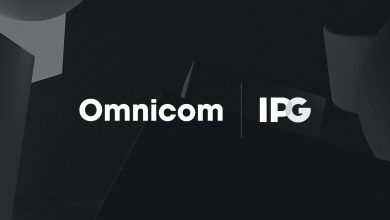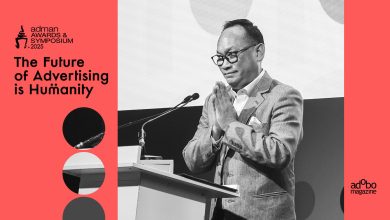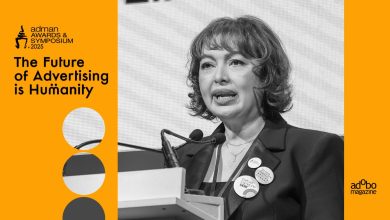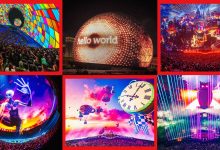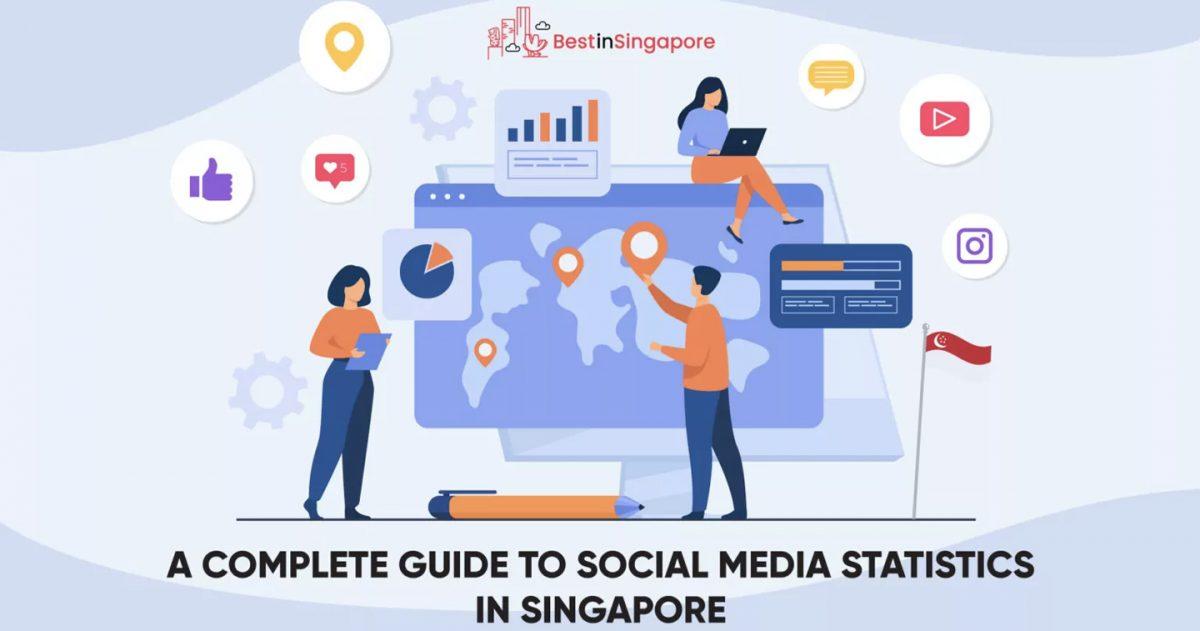ASIA-PACIFIC – APRIL 30, 2011 – The Mobile Marketing Association (MMA) has announced the finalists for two new segments to be introduced at the MMA Forum Singapore on May 4-5, 2011. Titled ‘The Pitch’ and ‘The Mobile Experience Lab’, both platforms are geared to help showcase upcoming mobile innovations and existing successful campaigns by entrepreneurs and industry pioneers.
“We’ve had a lot of relevant and eye-opening discussions in the MMA Forum’s last two installments. This year, we wanted to include an experiential element to the Forum that would provide participants with a better understanding of the potential of the medium,” said Rohit Dadwal, Managing Director, Mobile Marketing Association Asia Pacific Limited.
The Pitch is a 50-minute session where six companies will get a chance to show off their mobile innovation or product or service by way of a six-minute on-stage demonstration. The products/solutions that will be displayed at The Pitch this year include:
-Chalkboard, a real-time local ad network
-GotoCamera, a subscription-based video monitoring system
-GreenPost, which gives users all their bills electronically in one place
-Monterosa, an app developer, will present its iPhone application ‘Glass of Water’ made for Toyota
-Quantum Inventions will demonstrate navigation and real-time location-based information platform and systems
-ShowNearby, Singapore’s leading location-based service provider, will showcase its app, which shows users nearby points of interest
The Mobile Experience Lab offers an interactive way for attendees to learn from mobile marketing innovators, observe successful mobile campaigns, and communicate with brands using mobile as a function of their integrated marketing strategy. The shortlisted products/solutions for this year’s Experience Lab include:
-Dentsu Asia will showcase iButterfly, a fun and entertaining mobile information and couponing platform
-Smart Communications will unveil the Netphone, a smartphone designed for emerging markets
-TELiBrahma will demonstrate the process of creating and launching augmented reality and visual recognition based campaigns
-Vdopia Inc., the global leader in mobile video advertising, will be offering live demos of a solution which enables video to play inside mobile web pages across smartphones
Themed “Consumers Are Mobile; Are You?”, this year’s MMA Forum Singapore will draw more than 250 local and regional delegates to the Grand Hyatt between May 3 and 5, 2011. To view the Forum agenda and find out about registration, visit mobilemarketingforum.com/singapore2011/agenda.


